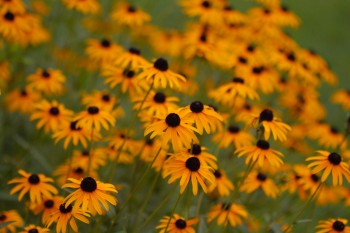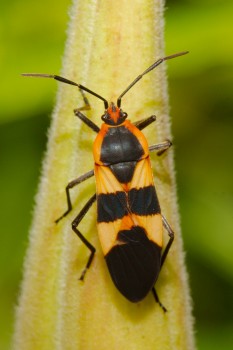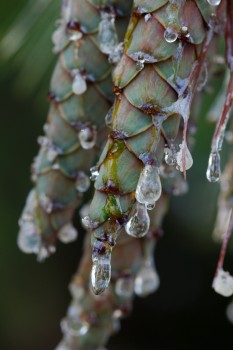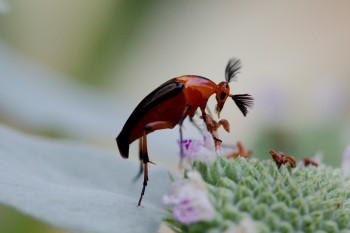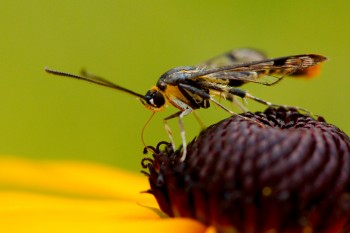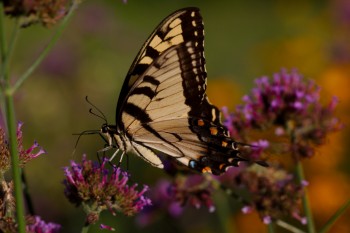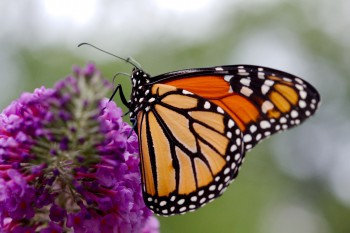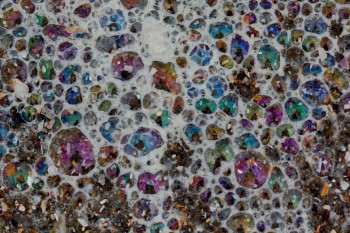
Cathy and Friend
Dorothy wanted to go to the County Fair this afternoon to meet up with a group of her friends. Cathy and I decided we’d go, as well, and see the place on our own. We started by walking up to the art building and saw some work of a few young people that we know. There were a few very nice pieces. Every year I think I should print a few photographs and enter them in the fair, but I usually think of it the week the fair starts, which is a bit late.
We wandered around a bit, looking at this and that, and stopping for a cone of ice cream. This is a picture of Cathy with a friend she made during our brief visit there. I don’t actually know his name or where he works, but I’m pretty sure he makes pizza.
Of course, we also visited the animals. That’s probably the thing I enjoy the most about the fair. The “new” Old MacDonald’s Barn, renovated in time for the fair last year, was very crowded but it was fun to see a camel, a fairly large Brahman, and a cow and her four hour old calf.

Future Lawn Mower Buyers
Walking past the farm equipment display, memories of my childhood came back. In fact, one of my fondest is when, as childred, we climbed over the tractors and associated farming machinery. They are like carnival rides without the cost. I suppose if we had grown up on a farm they might not have the attraction, but we grew up in the suburbs.
I enjoyed seeing these children sitting on the line of bright, shiny, new lawn mowers. Show me a kid who doesn’t enjoy sitting on new farm equipment and I’ll show you a kid who needs to get out more often.

Swings
Of course, the carnival portion of the fair is extremely popular with the crowds. I like rides as much as the next person and in fact probably more than most. On the other hand, I’m not a big fan of waiting in lines. Anyway, we weren’t really there for the rides, but I did take some pictures (I know that will come as a shock to you). This is one that Dorothy enjoyed from a very young age. I think she first rode on one at Hershey Park in 2003.
This part of the fair is always quite crowded, of course, and even more so if you wait until dusk, when most of the animal exhibits are going dark for the night. Then it really gets jammed. Moving through the sea of people is a challenge, but if you enjoy people watching, this is a great place to be. But we were on our way out by this time, and I didn’t hang around longer than it took to get a half dozen photographs or so.

